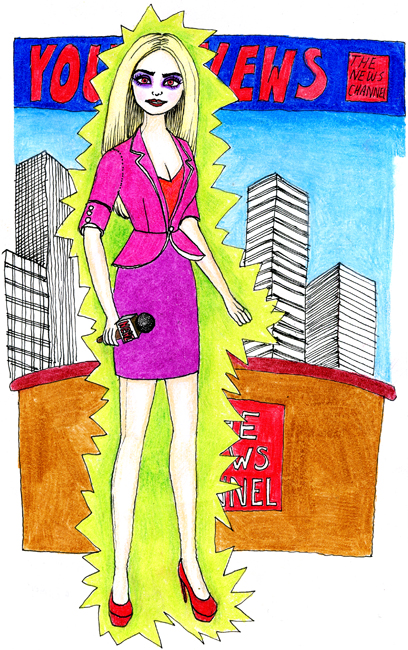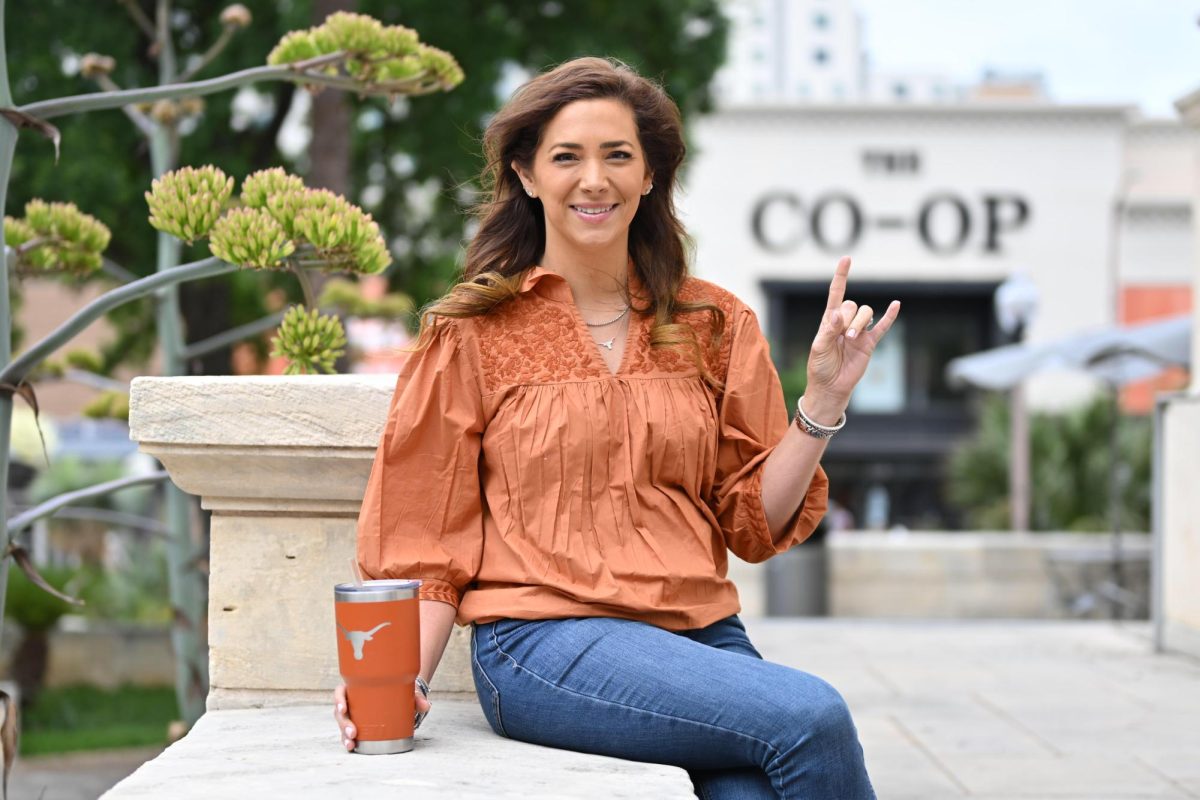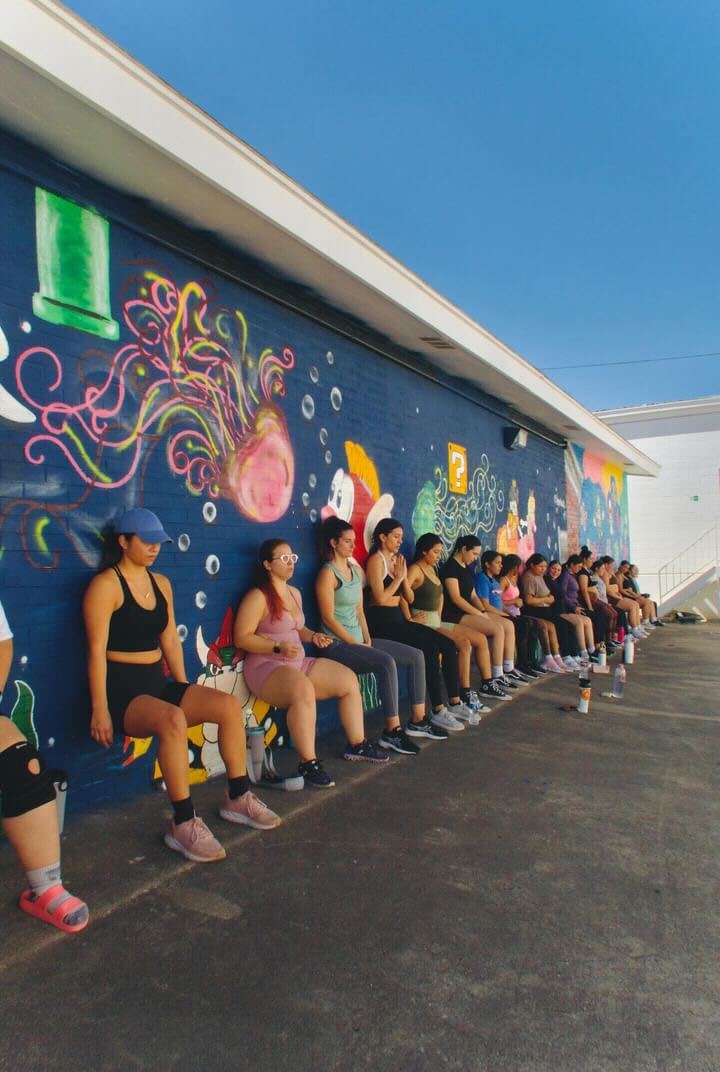Barbie may be a childhood toy, but her name is also the term Mary Bock gives to women in the video journalism industry today.
“We have women who are still expected to uphold very unrealistic beauty standards while also doing this very physical job,” said Bock, assistant professor of journalism at UT and author of “Video Journalism: Beyond the One-Man Band.”
Bock, who had a 20-year career in television journalism before becoming a professor, will give a talk Wednesday titled “Barbie is a Zombie: Women, TV Journalism, and the Rise of the One-WOMAN-Band.”
Barbie, in Bock’s eyes, refers to the physical appearance of women in television journalism after they have been dolled-up and given extensive makeup and hair treatments. Bock thought the expectation for women to look like Barbie would die away, but so far that hasn’t been the case.
“Women have a much tougher task,” Bock said. “They are carrying shoes into the field. Their gear bags have not only their makeup kits and their hair kits, but they also now have to carry an extra pair of shoes.”
According to Bock, being a female television journalist who is attractive has even more challenges.
“Actually, some of the prettiest women have had the hardest time being taken seriously,” Bock said. “Jessica Savitch was brilliant, but was treated like an idiot because she was very, very beautiful … The idea is that if you are beautiful then you are not thinking.”
Kate Dawson, senior lecturer in the broadcast journalism department, noticed the pressure women felt to achieve physical perfection in her career as a television journalist.
“I was at Fox News Channel, where certainly we had correspondents who felt pressure to look younger,” Dawson said. “They did Botox. The idea that you have to stay young and attractive is really important.”
Kris Wilson, also a senior lecturer in the broadcast journalism department, said men do not face the same challenges to appear young.
“Men can age on TV, but if a woman starts to age she gets taken off the air,” Wilson said.
Bock is concerned a woman’s physical appearance will always be important in television journalism.
“I’m not optimistic at this time, mostly because most news is still commercially supported, so ratings matter and faces matter,” Bock said.
Nina Hernandez, a senior journalism major and
former student of Bock’s, is also worried about future working conditions for female television journalists.
“The way that TV news is run, the way that any news is run, the standards are only going to get higher, and the conditions are only going to get worse,” Hernandez said.
Bock said audiences also face a problem when pressure is put on women in broadcast journalism to achieve physical perfection.
“It’s not only a problem for the women who are being the journalists, it’s a problem for people who have unrealistic expectations,” Bock said. “It’s a problem for the audience. It perpetuates the notion that it’s our job to decorate the world. And it’s not our job to decorate the world.”















